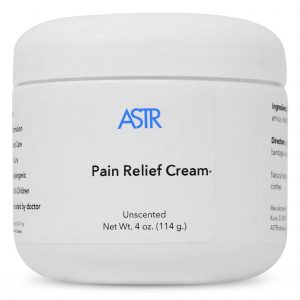Tarsal Tunnel Syndrome: Anatomy, Symptoms, Causes, Risk Factors, Prevention & Treatment
Tarsal Tunnel Syndrome: Anatomy, Symptoms, Causes, Risk Factors, Prevention & Treatment
What is Tarsal Tunnel?
The tarsal tunnel is the name of a narrow space that lies on the inside of the ankle next to the ankle bones. The tunnel is covered with a thick ligament (the flexor retinaculum) that protects and maintains the structures contained within the tunnel—arteries, veins, tendons, and nerves. One of these structures is the posterior tibial nerve, which is the focus of tarsal tunnel syndrome.
What is Tarsal Tunnel Syndrome?
Tarsal tunnel syndrome is a compression, or squeezing, on the posterior tibial nerve that produces symptoms anywhere along the path of the nerve running from the inside of the ankle into the foot.
Tarsal tunnel syndrome is similar to carpal tunnel syndrome, which occurs in the wrist. Both disorders arise from the compression of a nerve in a confined space.
Symptoms of Tarsal Tunnel Syndrome
- Tingling, burning or a sensation similar to an electric shock
- Numbness, occurring near the ankle or bottom of the foot
- Pain in the heel, arch, toes, and/or calf
- Symptoms may appear suddenly or aggravated with overuse of the foot (prolonged standing, walking, exercising, or a new exercise program)
Causes and Risk Factors of Tarsal Tunnel Syndrome
- Previous injuries may produce inflammation and swelling resulting in compression of the nerve
- Systemic diseases (diabetes or arthritis)
- Having a large or abnormal structure (varicose vein, ganglion cyst, swollen tendon, and arthritic bone spur)
- Flat feet
Prevention Tarsal Tunnel Syndrome
- Warm up and stretch properly before activity.
- Maintain physical fitness:
- Strength, flexibility, and endurance.
- Cardiovascular fitness (increases heart rate).
- Wear properly fitted shoes.
- Wear arch supports (orthotics), if you have flat feet.
- Support the ankle with taping, braces, or compression bandages.
Tarsal Tunnel Syndrome Treatment
Golosinas ASTR tarsal tunnel syndrome de una manera suave, efectiva y natural al abordar los desequilibrios musculares, el tejido cicatricial, los puntos gatillo, las restricciones de la fascia, la inflamación, la postura y la mecánica corporal que a menudo son la fuente del dolor. ASTR adopta un enfoque holístico para abordar las causas fundamentales del dolor, no solo los síntomas. El tratamiento ASTR se puede hacer en casa para tarsal tunnel syndrome.
Tarsal Tunnel Syndrome Home Treatment

- Resultados rápidos
- El tratamiento dura unos 5 minutos al día
- Herramientas médicas fáciles de usar
- Enfoque holístico natural
- Tratar la raíz del problema
- Inventado por un médico que tenía dolor crónico
- Apoyado por más de 45 estudios
ASTR excepcionalmente diferente
Reseñas recopiladas de varios sitios web
Sanar más rápido




